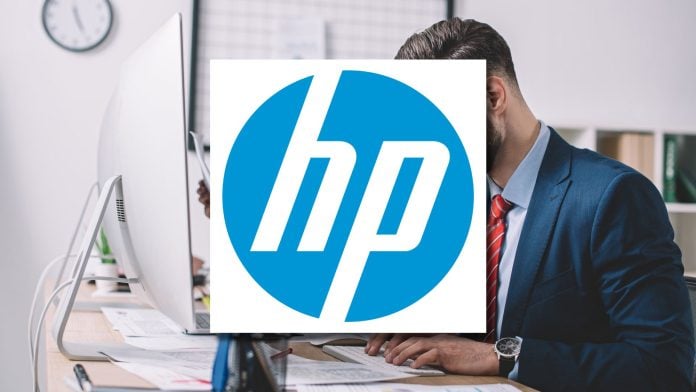In a world where digital threats loom large, small business owners find themselves navigating a complex landscape of cybersecurity challenges. HP Inc. has stepped up to address these issues head-on with its latest initiative focused on print security.
HP Inc., a global leader in technology solutions, recently unveiled robust strategies aimed at fortifying the security of its printing systems throughout their lifecycle. The company emphasizes that as businesses increasingly adopt hybrid work models, the security of printed documents becomes paramount.
One of the standout features of HP’s new initiative is its commitment to a holistic security approach. “HP takes a proactive stance on print security,” said an HP spokesperson. "We are dedicated to ensuring that our customers can trust their printing solutions as much as their IT systems." This proactive stance is crucial for small business owners, who often operate with limited resources yet face significant cybersecurity threats.
For small businesses, the implications are clear: integrated security solutions can minimize risks associated with printing. From malware threats to data breaches, the vulnerabilities associated with printers have grown alongside technological advancements. HP’s lifecycle security efforts encompass everything from the initial design of devices to ongoing monitoring and support.
One practical application of HP’s initiatives is the incorporation of advanced detection and response capabilities into their printer systems. This means that devices can actively identify and neutralize threats in real time, thereby shielding sensitive information from potential infiltration. Business owners can leverage these capabilities to protect their customer data and intellectual property, crucial assets in today’s marketplace.
Moreover, HP is aligning its services with sustainability goals. Many small business owners are increasingly concerned about environmental impacts, and HP addresses these concerns by integrating secure operations into eco-friendly practices. This dual focus on sustainability and security can enhance a company’s reputation, making it more appealing to environmentally conscious customers.
However, amid these benefits lie potential challenges. Adopting highly secure printing systems may require upfront investments, both in terms of financial resources and the time needed to train staff. Small business owners should weigh these initial costs against the long-term benefits of enhanced security and potentially avoided losses due to breaches.
Additionally, transitioning to new systems may interrupt established workflows. HP emphasizes the importance of seamless integration, yet business owners should remain vigilant about how these changes may affect their daily operations. Careful planning and employee training will be essential to ensure a smooth transition.
In the face of these challenges, the reward for small business owners is clear: a fortified security posture that not only protects the business but also fosters trust with clients and partners. Companies adopting HP’s solutions will likely gain a competitive edge by displaying their commitment to safeguarding sensitive information.
As the sphere of small business operations expands, the integration of secure printing solutions is no longer an optional upgrade but an essential component of a comprehensive cybersecurity strategy. Companies that take proactive measures to secure their printing lifecycle stand to benefit from improved resilience against threats and a stronger reputation in their industries.
For more detailed insights on HP’s print security lifecycle initiatives, small business owners can visit the official announcement at HP’s press release. By staying informed and prepared, small business owners can enhance their security measures and focus on growth in an increasingly digital world.
Image Via Envato: LightFieldStudios



